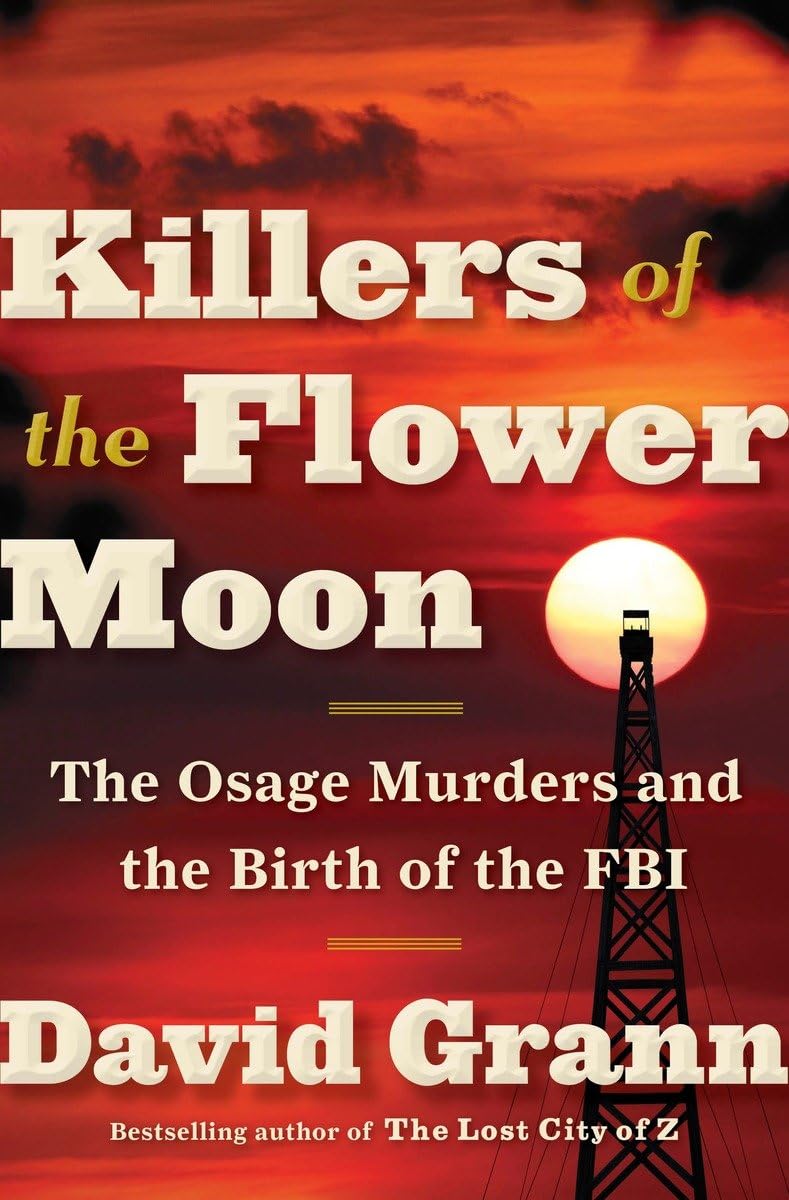Chapter 3: King of the Osage Hills
by“Chapter 3: King of the Osage Hills” cast a long shadow over the tragedy that struck Mollie Burkhart’s family. The death of Lizzie Q, Mollie’s mother, further fractured an already devastated family, reinforcing the brutal reality that no Osage, no matter their status, was safe from the relentless wave of killings. What had once been a source of economic power and prestige—the Osage oil wealth—had become a curse, drawing greed-driven predators willing to eliminate entire bloodlines to claim their inheritance. The earlier murders of Anna Brown and Charles Whitehorn had already hinted at a coordinated effort to target affluent Osage individuals, but with Lizzie’s passing, the pattern became impossible to ignore, forcing Mollie to accept the chilling possibility that her family was being systematically wiped out.
As grief consumed Mollie, so did the desperate need for justice, but she quickly found herself at odds with an indifferent legal system, where authorities appeared more concerned with protecting the interests of white businessmen than solving the murders of Osage citizens. While whispers of a serial murderer, akin to the infamous Dr. H. H. Holmes, spread among the Osage, law enforcement dismissed these theories, choosing instead to attribute the deaths to accidents, alcoholism, or unknown assailants. The racial divide in justice was glaring, as white victims of violent crime often saw swift and thorough investigations, while Osage deaths were minimized, delayed, or outright ignored, leaving grieving families like Mollie’s with no recourse for answers or accountability.
Faced with inaction and corruption, Mollie sought help from William Hale, one of the most powerful and respected figures in Osage County, known as “The King of the Osage Hills.” Hale, a wealthy cattle rancher, had built a reputation as a friend of the Osage, often portraying himself as a benevolent protector of their interests. Despite lacking an official position in law enforcement, Hale inserted himself into the investigations, further complicating the already murky lines between justice and power. To the Osage, he was both an ally and an enigma—a man whose influence and wealth granted him access to everything, yet whose true motivations remained uncertain.
As the search for Anna Brown’s killer continued, suspicion fell on various individuals, including her ex-husband, local criminals, and opportunists who had benefited financially from Osage deaths. Fairfax and its surrounding areas had become a breeding ground for corruption, fueled by Prohibition-era bootlegging and the oil boom, which brought fortune-seekers, con artists, and violent men eager to capitalize on the chaos. Despite numerous arrests and promising leads, no conviction was secured, and the investigation cycled through suspects, with each one evading justice through legal loopholes, bribes, or intimidation tactics.
With each failed attempt to find the real perpetrators, the Osage community grew increasingly fearful, as it became evident that powerful individuals were not only orchestrating these crimes but also ensuring they remained unsolved. Some victims, like Lizzie Q, had shown no immediate signs of violent death, leading to speculation that poisoning had become a preferred method of murder, allowing killers to act without arousing immediate suspicion. This realization deepened the Osage’s sense of helplessness, as the very people they trusted—their doctors, their legal guardians, and even their neighbors—could be the ones orchestrating their demise.
Ultimately, the investigation into the murders of Anna Brown and Charles Whitehorn was closed without resolution, their cases labeled unsolved and filed away as cold cases. For Mollie, this failure was not just a legal injustice but a deeply personal betrayal, as she faced the devastating truth that her family’s deaths would go unpunished, their killers left to continue their crimes unchecked. The Osage murders were more than a string of unexplained deaths—they were a reflection of the dark intersection of race, power, and unchecked greed, revealing a world where justice belonged to those who could afford it, and survival often depended on silence and submission.


